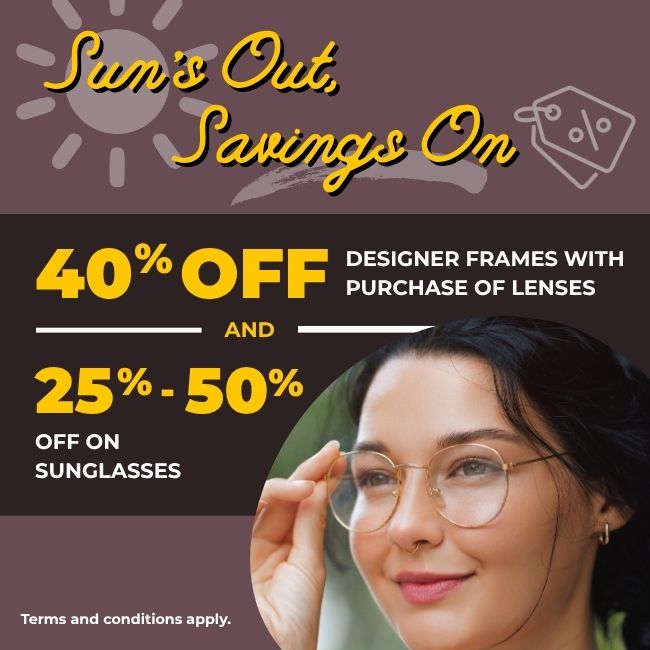Soft contact lenses and rigid gas permeable (RGP) lenses, also known as hard lenses, are the two types of contact lenses available. Under these two broad categories, you’ll find a variety of contact lens types and quality levels, depending on the manufacturer and product line. This encourages you to experiment with a variety of solutions in order to find the ones that work best for you.

Soft Contact Lenses
Soft contact lenses are the most common type of contact lenses, and there are several options. Daily disposables, biweekly (requires replacement every two weeks), and monthly (require monthly replacement).
Extended wear lenses, which are intended to be worn overnight while sleeping, are another choice. And they also come in daily, biweekly, and monthly choices, much like standard soft contact lenses.
Traditional Hard Contact Lenses / RGP (Rigid Gas Permeable) Lenses
The first hard contact lenses, which were invented in the late 1800s, were not the most comfortable or convenient. They felt like you were wearing ordinary glasses with the lenses on your eyes. Hard contact lenses have significantly improved in quality since then, and they are now much more comfortable, making them a viable choice for certain people.
Conventional hard contact lenses are rigid plastic lenses that do not mould to the shape of your eye. These are less expensive and more durable, but the major disadvantage is that they do not allow as much oxygen to reach the cornea. So, while they’re less expensive, they’re not ideal for long-term wear because they may put you at risk of overwearing syndrome.
RGP Lenses tend to be more costly and less durable than traditional hard lenses, but they allow oxygen to pass through, making them more comfortable to wear. They are more durable than soft contact lenses and are less prone to deposit build-up, and provide clearer and crisper vision.
A longer adjustment period than soft contact lenses is typically required for this type, but although they are typically more costly up front, when you realise that everyday disposable soft lenses must be replaced on a regular basis, RGP lenses may end up being less expensive in the long run.
Scleral Lenses
Scleral contact lenses are a special kind of RGP contact lens. These lenses were created with the aim of avoiding contact with the cornea of the eye, preventing irritation and nerve desensitisation, which can lead to dry eyes.
The perimeter of these lenses lies on the Sclera, the white portion of the eyeball, preventing contact with the cornea entirely. Since the sclera has far less nerve endings than the cornea, inflammation is less likely. The presence of a fluid reservoir between the eye and the contact lens is another advantage of these lenses. This reservoir is designed to fill in all of the corneal defects in patients with impaired or otherwise altered corneas, but it also serves as an alternative source of hydration for the eye.
Orthokeratology Lenses
These lenses are also known as “Ortho-K” lenses and are rigid gas permeable (RGP) lenses. They’re made specifically for the treatment of myopia or astigmatism, and they’re one of a kind in that they’re only meant to be worn overnight for a few weeks and actually change the shape of the eyeball.
These lenses can be removed during the day after several weeks of use, and the shape of the eyeball acquired overnight will not change. This allows for an increase in vision ability without having to wear certain types of lenses all of the time. If these lenses are not worn on a consistent basis overnight, the eyeball shape will return to its problematic state, so it is best to avoid lengthy periods of time without wearing them.With many options for contact lenses it can feel overwhelming to try and make the “right decision” for your eyes. The bottom line is that no matter what, they exist to assist your vision and overall comfort, and if you decide that you aren’t getting the most out of your current contacts, talk to your eye doctor about other options that may work better for your needs.



